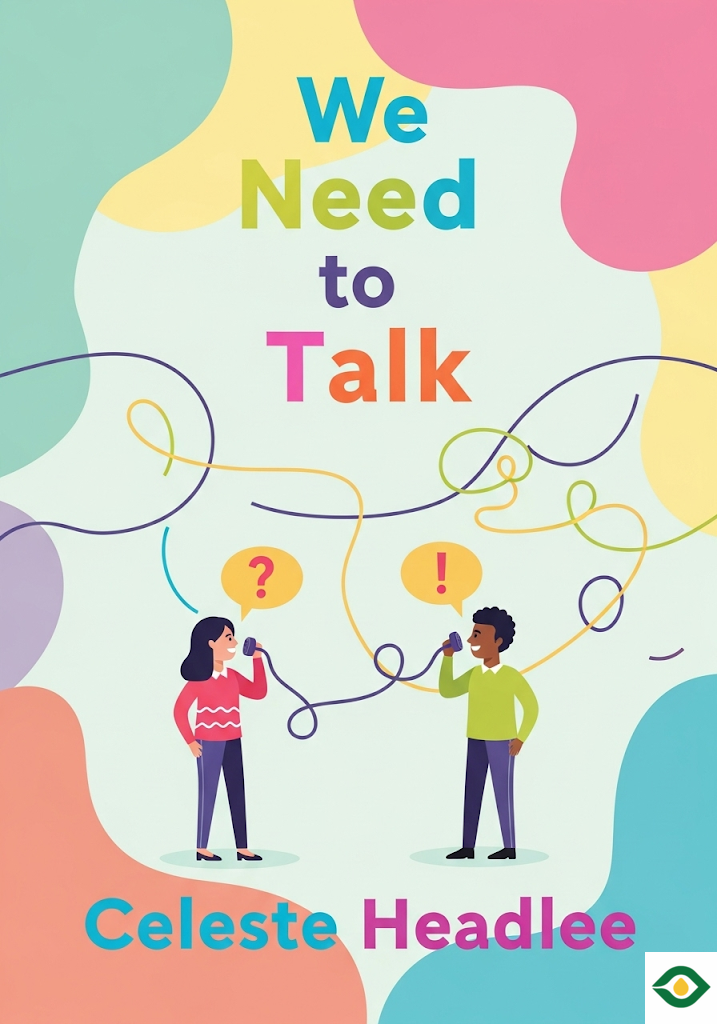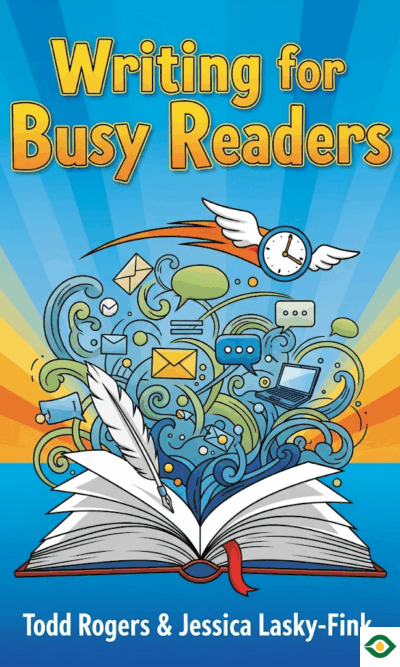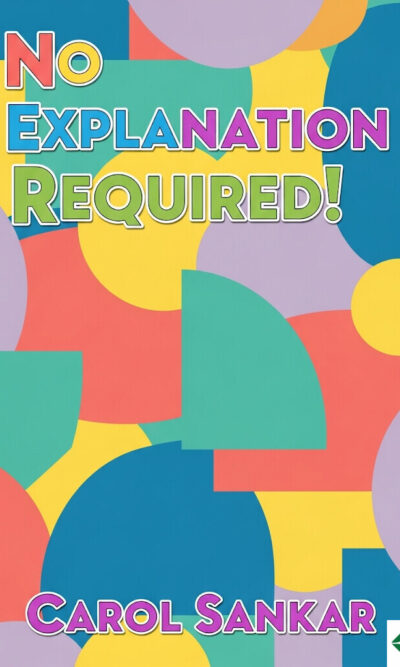Description
Talking is one of the most human things we do. From the beginning of time, conversation has helped us survive, build communities, and create trust. Yet in today’s fast-moving, technology-driven world, the quality of our conversations has been slipping. We may text and post online all day, but that doesn’t mean we are truly listening or understanding one another.
Why does this matter? Because conversation is the very heart of human connection. It shapes relationships, strengthens empathy, and even makes us happier. Learning to talk well — and more importantly, to listen well — is not just a social skill. It’s a life skill.
Modern life often makes it harder. Phones on the table, constant notifications, and social media updates all compete for attention. Studies even show that just having a phone nearby — even if no one touches it — reduces the quality of conversations. People trust less, share less, and feel less understood. To build meaningful conversations, we need to take the art of talking seriously. That starts with awareness and effort.
One of the most important lessons is that conversations can happen even when we think we have nothing in common with someone. Consider how people with completely opposing backgrounds or beliefs have sometimes built friendships simply by talking with curiosity and respect. Finding common ground, even something small, can bridge deep divides. The real secret is openness. If we enter conversations only to defend our views or win arguments, we shut doors. But if we approach with empathy and interest, unexpected connections can form.
Another trap many people fall into is what researchers call “conversational narcissism.” This happens when we turn every story back to ourselves. For example, if a friend tells you they are overwhelmed at work, and your first instinct is to say, “Me too, I’m so busy,” you’ve shifted the focus away from them. That’s called a “shift response.” It can make the other person feel unseen. The healthier alternative is a “support response” — asking questions, showing interest, and encouraging the other person to share more. This small change transforms conversations from shallow exchanges into meaningful dialogue.
Empathy is another key element. We should never assume we know exactly what someone else is feeling. Even if we’ve been through something similar, their experience may be very different. Instead of comparing, it’s better to listen and let them explain in their own words. Sometimes the most powerful thing you can say is simply, “Tell me more.”
One of the simplest tools to improve any conversation is asking open-ended questions. Questions that begin with “how,” “what,” or “why” invite longer, richer answers than yes-or-no questions. Instead of asking, “Were you scared?” ask, “What was it like for you?” Open questions show real curiosity and give space for deeper sharing. But asking good questions is only half the task. The real magic lies in listening carefully to the answers.
Listening, in fact, is not passive. It is active work. True listening means setting aside distractions, focusing fully on the speaker, and paying attention not just to words but also to tone, pauses, and body language. Many of us believe we are good listeners, but in reality, we are often thinking about what we’ll say next, drifting into daydreams, or half-checking our phones. To listen well, we need to train ourselves to stay present. A helpful technique is to silently summarize what the speaker is saying in your head. This keeps your attention steady and prevents your mind from wandering.
Interestingly, science shows that people love talking about themselves. Doing so activates the same pleasure centers in the brain as food or even addictive substances. This makes conversations tricky, because we are naturally tempted to focus on ourselves. That’s why good listening takes discipline. When you resist the urge to turn the spotlight back onto you, and instead give it fully to the other person, you make them feel valued and understood.
Of course, conversations are not only about listening. At some point, you also need to speak. When you do, remember to think about the listener. Keep your words brief, clear, and to the point. Avoid repeating yourself unnecessarily, and resist the urge to pack your story with every tiny detail. Long-winded stories often lose their meaning. Instead, aim for clarity and respect for the other person’s time and attention.
Another useful guideline: watch for cues. If the other person looks distracted, glances away often, or gives very short responses, it may be a sign you are overexplaining. Think of conversation as a game of catch — it works best when both sides are ready and engaged.
Importantly, not every moment is right for a conversation. Talking well requires energy and focus, so if you’re drained or distracted, it may be better to wait until you can give the other person your full attention. Halfhearted conversations rarely build connection.
The rewards of putting in this effort are huge. Research shows that people who have more meaningful conversations — not just more small talk — report higher happiness levels. Quality trumps quantity. Deep, thoughtful exchanges bring more satisfaction than endless chatter about the weather.
Why is this the case? Because meaningful conversations build empathy. And empathy is essential not only for relationships but also for a fulfilling life. It helps us see the world through someone else’s eyes, softens conflict, and strengthens our sense of belonging. People who nurture empathy in their daily lives — by listening, caring, and volunteering — tend to feel healthier, happier, and even live longer.
In short, good conversation is hard work, but it is worth it. It requires effort, attention, and humility. You must resist the pull of your phone, silence the urge to talk about yourself, and instead focus on the person in front of you. You must be willing to ask open questions, listen fully, and offer respect. You must learn to recognize when you’re too tired to give a good conversation, and save it for when you’re ready.
When you do these things, your conversations change. They become more rewarding, more empathetic, and more memorable. They bring not only happiness but also a sense of connection that no amount of technology can replace. Conversation is one of the oldest human tools, but it remains one of the most powerful. In a noisy, distracted world, choosing to truly talk — and listen — may be one of the most important choices we can make.





